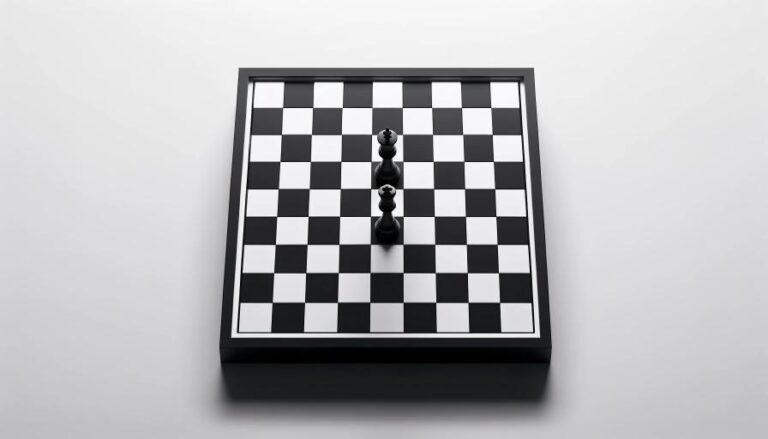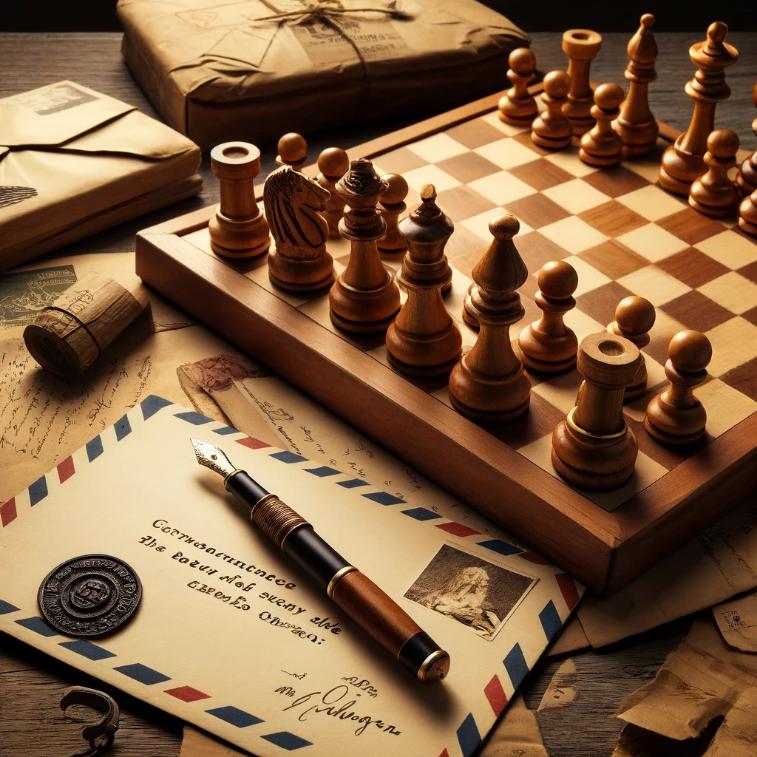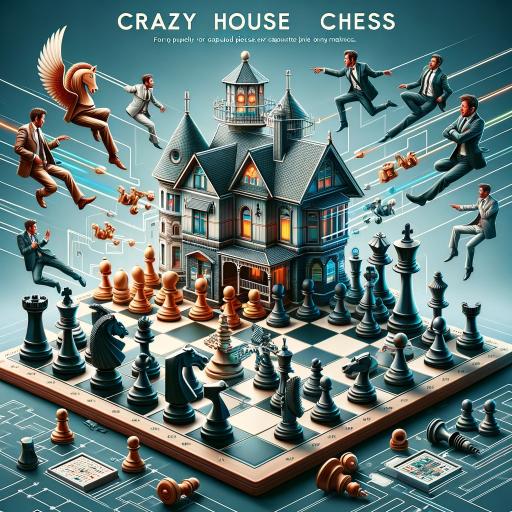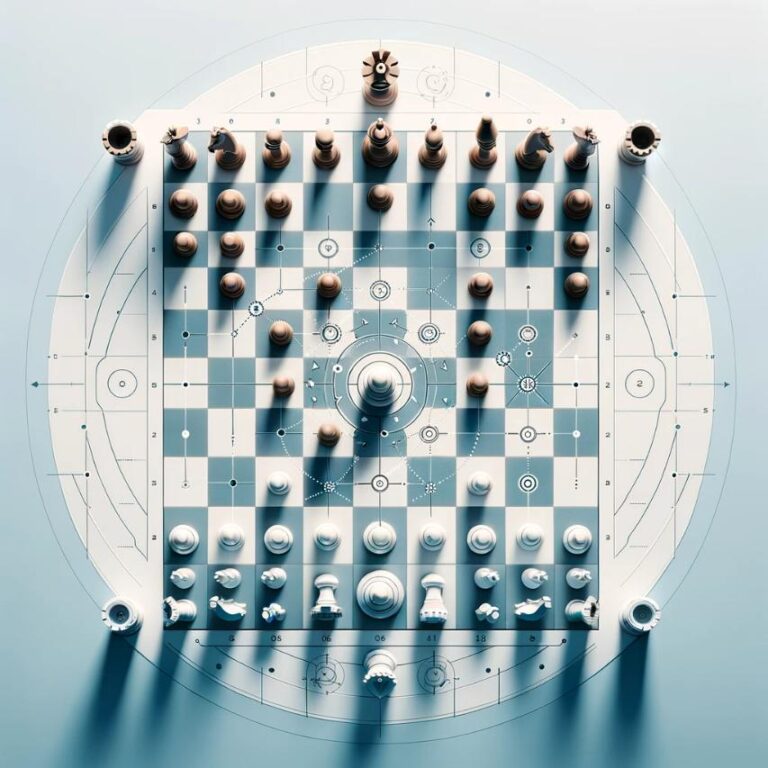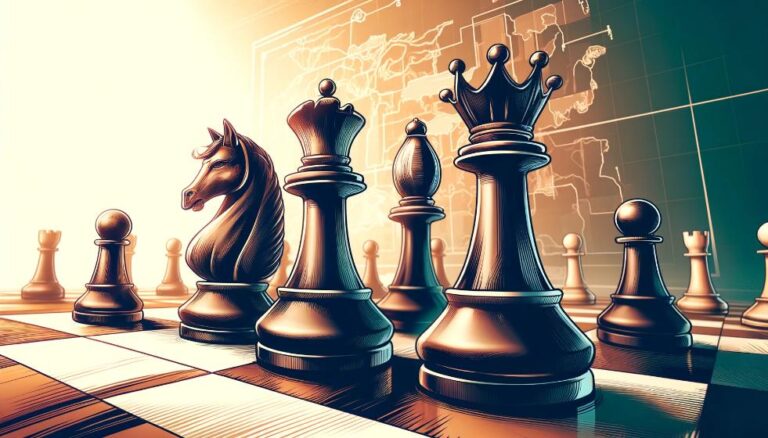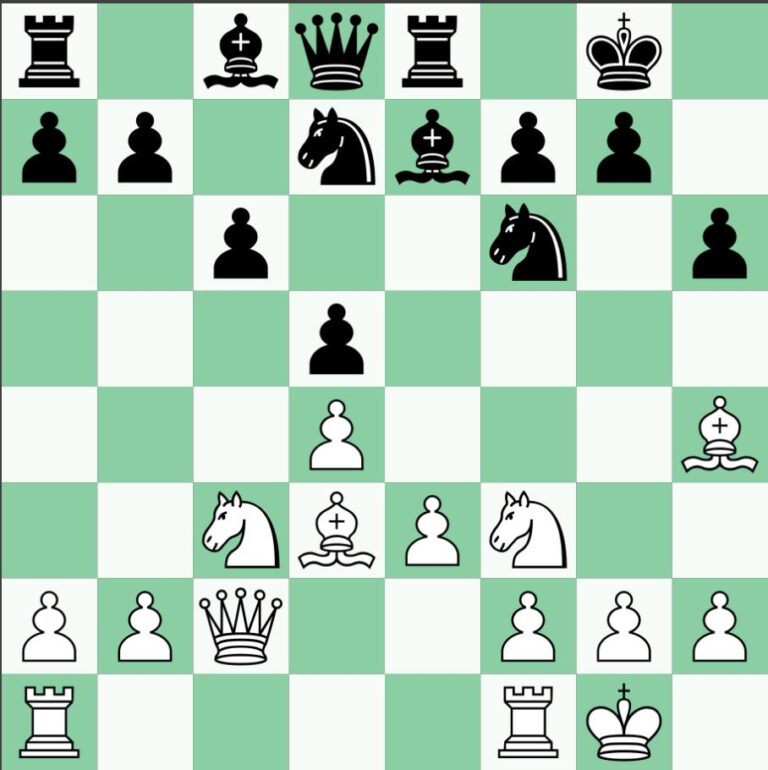Section 1: Understanding the Endgame
The endgame is the final phase of a chess game, where there are only a few pieces left on the board and the focus shifts from developing and attacking to strategic maneuvering and precise calculation. This stage of the game is often seen as the most challenging and crucial, as a single mistake or miscalculation can easily lead to defeat. Mastering the endgame requires a deep understanding of the remaining pieces, their interactions, and the principles of endgame strategy and technique.
Section 2: Principles of Endgame Strategy
The endgame is a dynamic and complex stage of the game, but there are certain principles that can guide players to make successful and efficient decisions. One of the main principles is to centralize the king. In the endgame, the king has more freedom to move and participate in the game, and the closer it is to the center of the board, the more potential it has. Keeping the king in the center also makes it more challenging for the opponent to create a mating attack.
Section 3: Endgame Tactics and Calculation
The endgame often involves complex tactics, and players must be able to calculate variations accurately to find the best moves. The well-known proverb “In the endgame, the king is a fighting piece” highlights the importance of the king´s role in the endgame. Due to its increased activity, the king can become involved in tactical sequences, such as checkmating patterns. Other pieces, such as rooks, bishops, and knights, can also play crucial roles in creating threats and tactical combinations.
Section 4: Mastering Endgame Techniques
In addition to understanding the principles and tactics of the endgame, players must also be familiar with various endgame techniques. One of the most fundamental techniques is the opposition, where two kings are facing each other with a single empty square in between. In this position, the player with the move has an advantage as they can choose the direction in which the kings will move.
Mastering the final phase of the game is crucial for chess players looking to improve their overall skills and become more successful in their games. By understanding the endgame, its principles, and tactics, and by practicing various endgame techniques, players can gain an edge over their opponents and achieve victory in their games.

